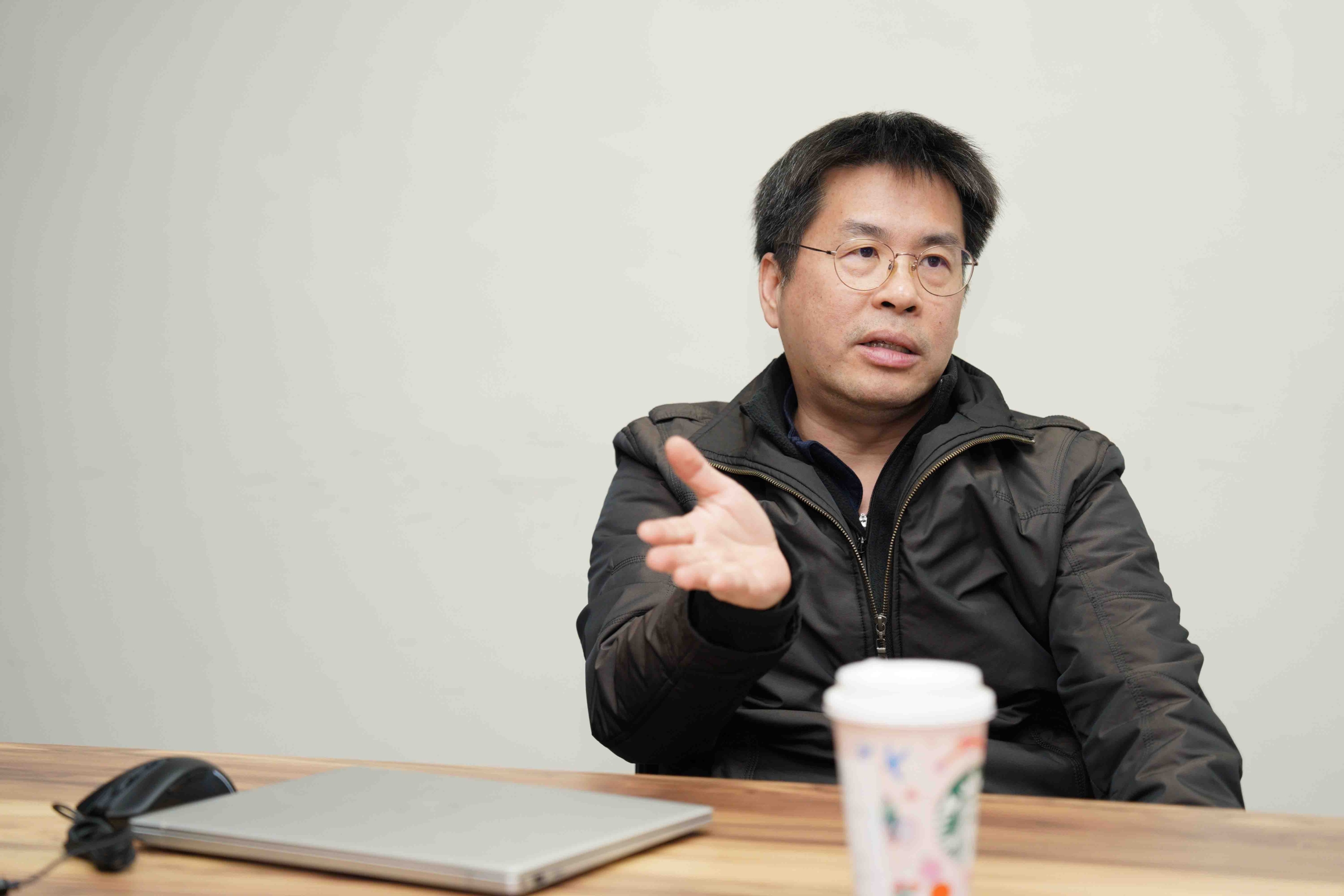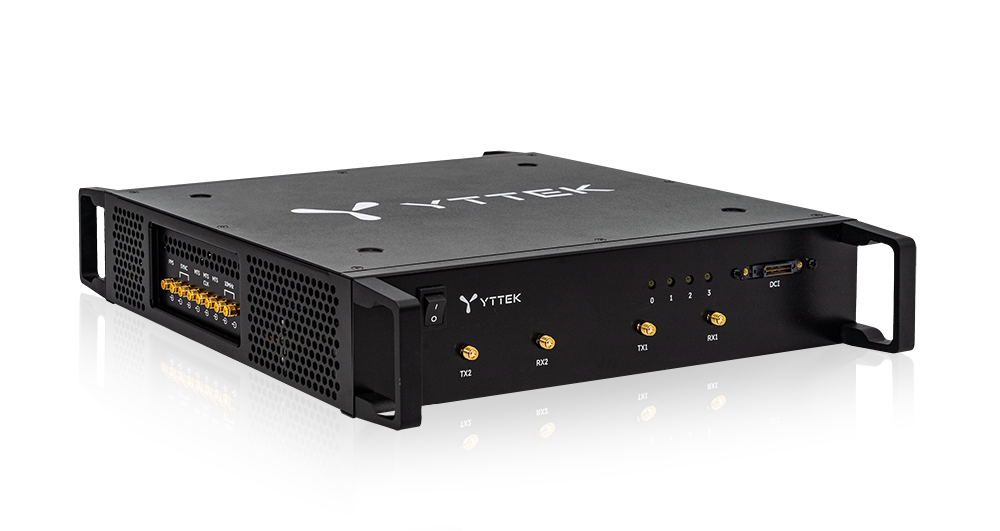Customer
Professor
Dah Chung Chang
University
National Central University
Department
Communication engineering
Research areas
Beamforming
MIMO-OFDM communication systems
AI-driven signal processing
PluSDR empowers my research in signal processing, target tracking, and intelligent antenna tuning—effectively tackling the complex verification challenges of real-world signal environments.
Dah Chung Chang, Professor
National Central University
Overview
In the Non-Terrestrial Network (NTN) communication architecture, the rapid movement of satellites, UAVs, and various terrestrial, aerial, and maritime terminals presents significant challenges to maintaining stable signal tracking and reception. Professor Dah Chung Chang of National Central University is at the forefront of tackling these complexities. By integrating YTTEK’s PluSDR software-defined radio (SDR) platform, he enables flexible, real-world over-the-air (OTA) experimentation that effectively bridges the gap between theoretical design and practical deployment.
Challenges
Professor Chang’s research focuses on applying advanced communication principles —such as beamforming, MIMO-OFDM, target tracking, mmWave B5G/6G technologies, machine/deep learning for signal processing, and multi-sensor acoustic/biosignal processing—to real-world, dynamic environments where traditional simulation software often falls short. “These tools can model attenuation and multipath effects, but they struggle to accurately reflect real-world conditions like RF noise, hardware non-linearities, and unpredictable interference,” said Professor Chang. The high mobility of UAVs and LEO satellites, combined with rapidly changing signal angles, introduces a level of complexity that software simulations alone cannot capture.
YTTEK solutions
Real-world LEO signal simulation
“PluSDR serves as both a transmitter and receiver in my experiments, not only generating signals but also analyzing them,” said Professor Chang. Using OFDM waveforms and a Uniform Planar Array (UPA) antenna, his team leveraged PluSDR to simulate the dynamic angles of arrival from LEO satellites. This setup allowed them to validate the system’s direction-of-arrival estimation and signal reception capabilities across various angles.
UAV tracking with MIMO antennas
PluSDR covers the 2.4 GHz and 5 GHz frequency bands commonly used by UAVs and supports 4T4R MIMO antennas. By tracking the elevation and azimuth angles, it scans the sky to identify areas where UAV signals may be present. “We capture the signals received by the antenna, and through signal processing, determine the angle of arrival and its location—essentially using PluSDR as a vector signal analyzer (VSA),” said Professor Chang.
Results
The highly flexible PluSDR software-defined radio platform enables Professor Chang to support the diverse frequency bands required for his experiments efficiently. With its fully open development environment and compatibility with multiple programming languages—including MATLAB, Python, and C/C++—his algorithms can be implemented directly on PluSDR without requiring modification.
This resulted in:
• Enabled accurate emulation of LEO/UAV signal environments
• Enhanced UAV signal tracking with real-world interference handling
• Streamlined lab instruction with hands-on wireless demos
• Eliminated debugging delays, boosting research efficiency
“My lab is working on several AI-related projects, and PluSDR’s compatibility with Python-based AI modules allows us to apply machine learning for real-time communication analysis and future intelligent sensing systems,” said Professor Chang. In future communication sensing experiments, such as ISAC (Integrated Sensing and Communication) and JCAS (Joint Communication and Sensing), PluSDR will continue to play a key role in Professor Chang’s research.


